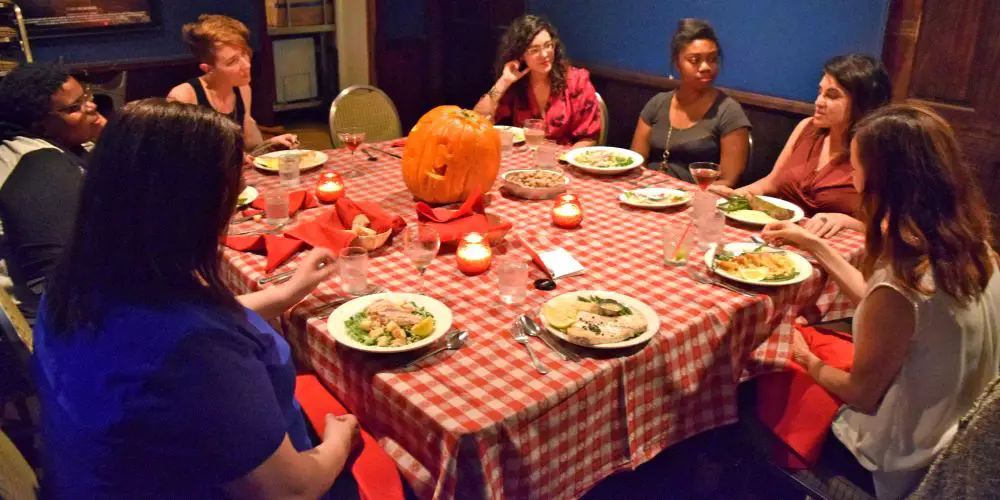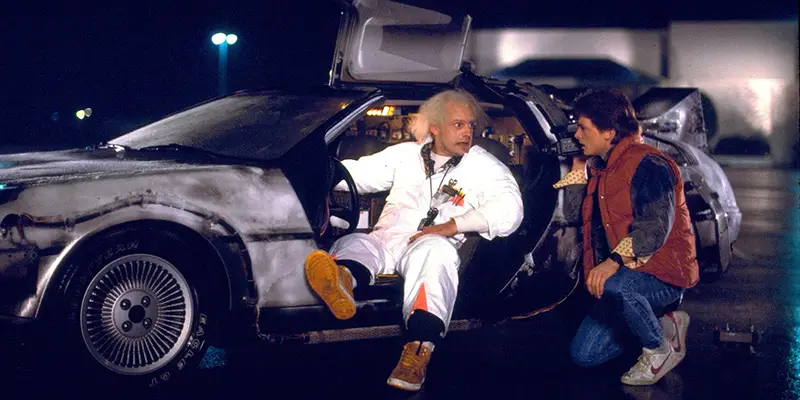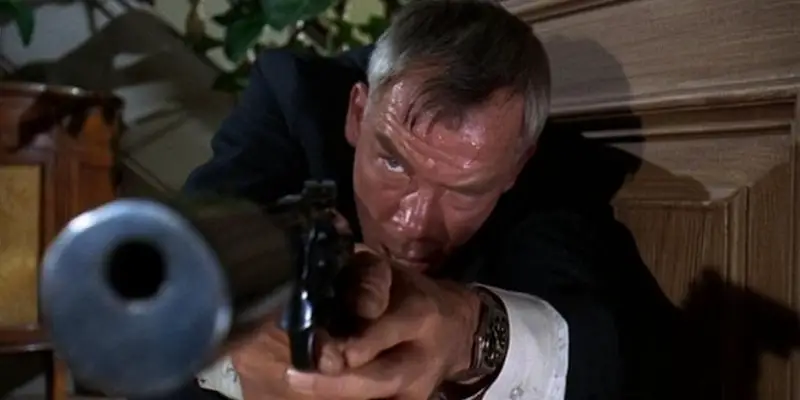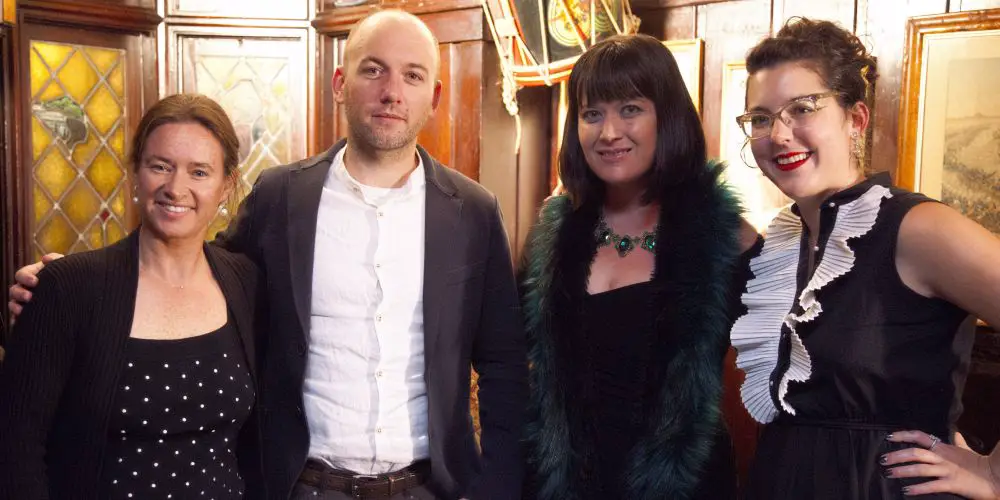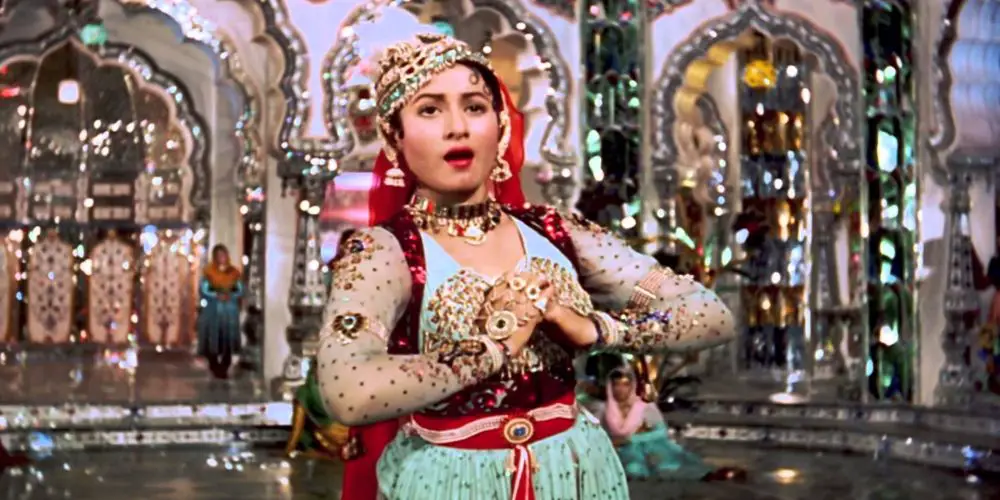Features
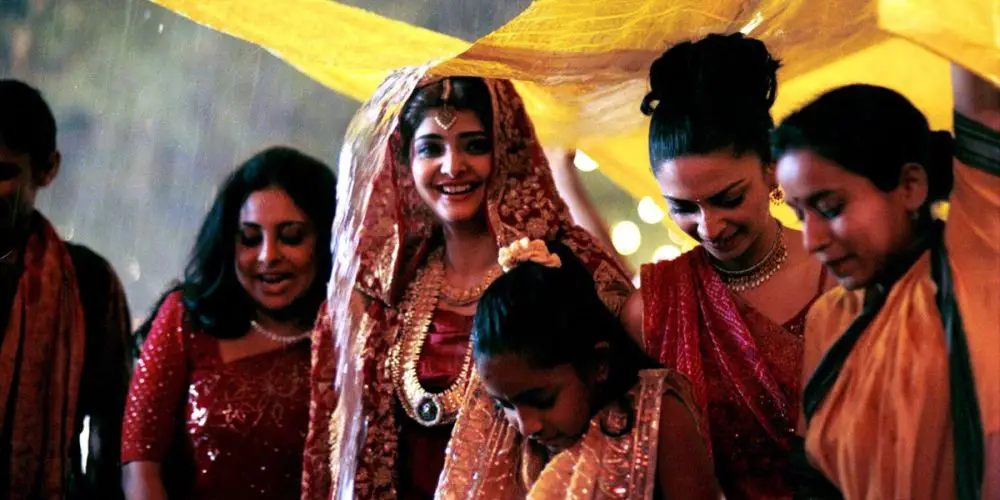
You would be hard-pressed not to find a panel discussion on the topic of ‘Women In Film’ at most leading global film festivals at present, given it’s an issue that has come into increasing focus in recent years. In the Hindi film industry particularly, matters of the portrayal of women and the disparate treatment of actresses have similarly become popular talking points. In its on-screen portrayal of women, Hindi cinema’s approach has historically been quite dire, with women traditionally being depicted as subservient and submissive, with their entire role predominantly being about the male lead.

Anthology films are generally regarded as being uneven, and even ones that are respected are sometimes not perfect through every single segment. I wanted to explore anthology films by looking at some with mostly negative reviews, hoping to find something great hidden within. Some of the films I watched in preparation were bad, with no moments of relief to help make it through their running times, while others were enjoyable with slight problems.
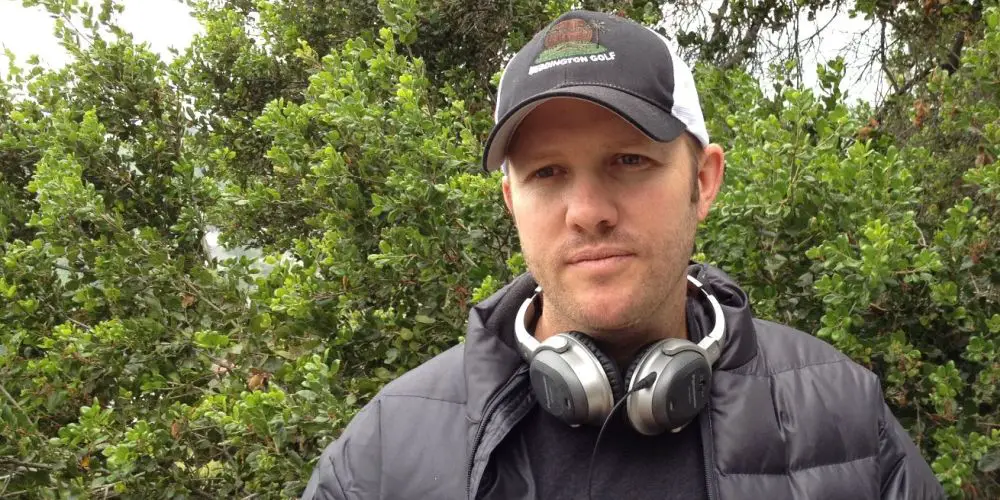
Director Lee Kirk is just about to release his sophomore effort, Ordinary World. The film is about an former rockstar, played by Green Day’s Billie Joe Armstrong, reflecting on the “path not taken”- of committing to his rock-god dreams, instead of settling down in the suburbs and raising a family. Alistair Ryder spoke to the filmmaker about the autobiographical nature of the film and how his love of music helped bring the screenplay to life.
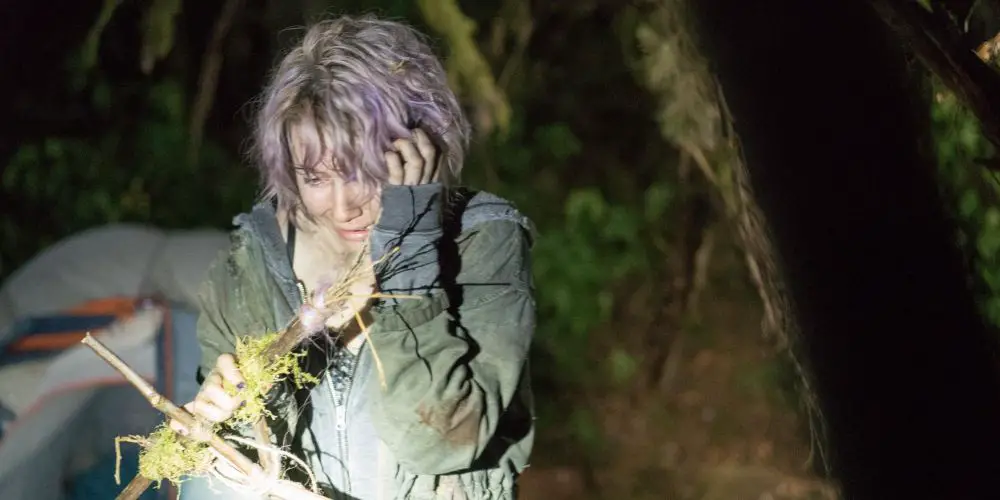
Nineties psychological horror The Blair Witch Project wasn’t an instant hit. Though a triumph with critics, its box office success was slow, but it now stands as one of the most financially successful independent films of all time, and as a forefather of the found footage trend. Not only did The Blair Witch Project pave the way for found footage horrors like [Rec], V/H/S, and the Paranormal Activity series, sci-fis and fantasies like Cloverfield, Trollhunter and Chronicle also used the format.
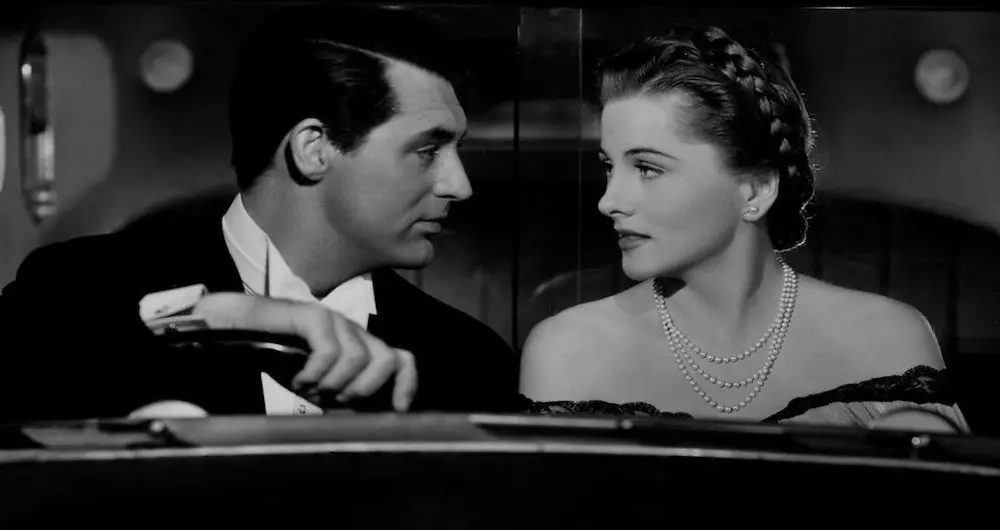
Every year, ten movies are bestowed the honor of becoming nominated by the Academy of Motion Arts and Sciences. Many of these films will have already had various successes throughout the year; good festival attendance, box office success and the receiving of other prestigious awards. Yet, only one of the ten films ends the night being declared the best of the best.

As readers may or may not know, I took a break from writing these past few months as I was running my first ever film festival. The Drunken Film Fest (DFF) had its inaugural year in Bradford, England this past summer and it was pretty successful for a first year free film festival, if I do say so myself. However, my background when it comes to festivals is not in running them, but rather in trying to get accepted to them.

It now appears to be a given that every few years, Woody Allen produces a film hailed by critics as a “return to form”. In keeping with relatively recent late period offerings such as Blue Jasmine, Midnight in Paris and Vicky Cristina Barcelona, Café Society has also been afforded that accolade. Is this lazy journalism or a concise way of communicating that he has again crafted a film that bears the hallmarks of this aging auteur’s better judgement?
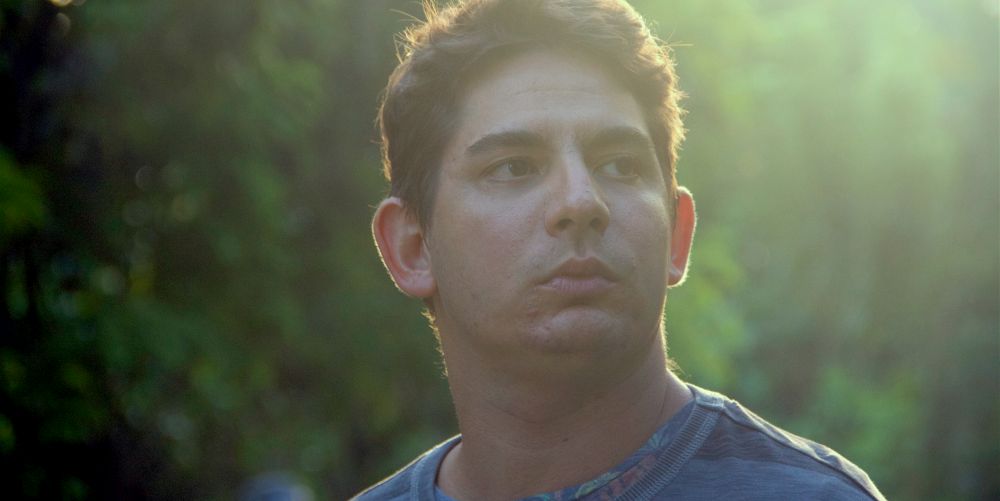
Recently, I spoke with filmmaker Phil Giordano. Originally from Staten Island, New York, he elected to take the NYU’s Directing Program in Singapore, which is where he lives today. In 2010 he released the controversial short film The Empty Playgound, about a man struggling with inner-demons who tries to abduct a young girl from a playground.


